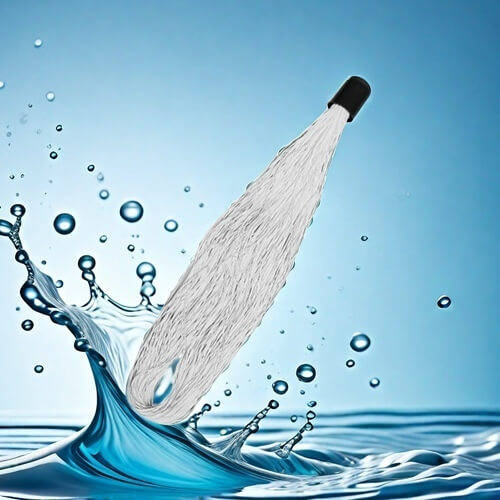Cow breeding wastewater treatment project
The wastewater treatment project for dairy farming is a complex and important environmental task, involving multiple treatment technologies and methods. The following is an overview of the main processes and technical solutions for treating wastewater from dairy farming.
1. Characteristics of wastewater
The wastewater generated by dairy farms usually contains high concentrations of organic matter, ammonia nitrogen, phosphorus, and suspended solids, with significant changes in water quality and complex composition. These characteristics require special design of the treatment process for different types of wastewater.
2. Processing technology
Preprocessing
Solid liquid separation: Removing large particles by gravity and sedimentation tank to reduce the subsequent processing load. Solid liquid separation can be achieved through mechanical screening or precipitation methods to reduce the gravity of cow manure and other solids.
Flocculant addition: using biodegradable flocculants extracted from plants can help quickly remove suspended solids and some suspended solids such as COD, pigments, phosphorus, etc

Biochemical treatment
Anaerobic biological treatment: Under anaerobic conditions, further linking organic matter can generate biogas, which can achieve a large amount of organic matter and restore energy. This stage is crucial for the biodegradability of wastewater.
Aerobic biochemical treatment: further degradation of organic matter and nitrogen, phosphorus, and potassium pollutants through aerobic degradation. Common technologies include activated sludge process and membrane bioreactor (MBR)
Deep processing
Chemical precipitation method: For the phosphorus still present in the effluent, chemical agents such as calcium salts or iron salts are added for precipitation to ensure that the effluent meets the discharge standards.
Disinfection treatment: Disinfect before the final effluent, commonly used methods include disinfection or sterilization to eliminate pathogenic microorganisms and ensure safe discharge.
3. Resource utilization
The treated wastewater can be reused for agricultural irrigation or other non wastewater purposes, while the recovered solid waste residue (such as fermented residue) can be used as organic fertilizer together with cow manure in farmland to achieve resource utilization
4. Project Implementation Cases
In practical projects, such as some large-scale dairy farms that generate a large amount of wastewater (such as 500m3) every day, industrial treatment methods are adopted. Through the combination of the above processes, stable and compliant discharge is achieved, and the environmental impact is effectively reduced
These projects typically combine pre-processing and lighting delay processing to ensure efficient operation of the entire system.
